Two American cast iron brands stand above the rest in 2025 for craftsmanship, performance, and visual appeal: Finex and Smithey. Both have disrupted the legacy cast iron market by modernizing heritage techniques—but they serve very different cooking styles, design sensibilities, and ergonomic preferences.
This guide is for:
- Discerning home chefs
- Cast iron collectors
- Culinary professionals and grill enthusiasts
You’ll get a full side-by-side breakdown, deep dives into metallurgy, seasoning, design, ergonomics, heat science, and a final verdict by use-case.
Expanded Outline
H1: Finex vs. Smithey: The Ultimate Cast Iron Skillet Showdown for 2025
H2: Brand Backgrounds & Manufacturing Philosophy
- Finex: Portland-based, design-forward, octagonal aesthetic
- Smithey: Charleston-based, heirloom revivalist with smooth, vintage-style polish
- Manufacturing transparency, local labor, American-sourced iron
H2: Side-by-Side Comparison Table
| Feature | Finex | Smithey |
|---|---|---|
| Origin | Portland, Oregon | Charleston, South Carolina |
| Manufacturing | Hand-finished, CNC-machined, cast in USA | Hand-finished, glass-smooth cast, USA made |
| Design | Octagonal, modern industrial | Classic round, vintage-inspired |
| Handle | Coiled stainless-steel spring (stay-cool) | Traditional cast iron or copper-accents |
| Weight (10″/12″ skillet) | 5.5 lbs / 8.5 lbs | 5.2 lbs / 7.9 lbs |
| Interior Surface | CNC-polished, milled, ridged | Glass-smooth, vintage-style polish |
| Pre-seasoning | Organic flaxseed oil | Organic grapeseed oil |
| Heat Distribution Score | 9.0/10 | 9.3/10 |
| Oven Safe | Yes, up to 900°F | Yes, up to 700°F |
| Induction Compatible | Yes | Yes |
| Pour Spouts | 8 edges | No spouts (some skillets include a helper handle) |
| Aesthetics | Industrial, rugged | Refined, heirloom |
| Lid Compatibility | Separate multi-purpose lids sold | Lids available; some sizes fit Staub/Le Creuset |
| Price Range (Skillets) | $160–$275 | $110–$225 |
| Warranty | Lifetime | Lifetime |
H2: Design & Aesthetics
Finex
- Angular octagonal shape provides 8 pour spouts
- Coiled stainless-steel handle reduces heat transfer
- Modern, rugged feel designed for grill, stovetop, or campfire
Smithey
- Rounded design mimics 1900s Griswold/Wagner style
- Hand-smoothed interior = almost nonstick feel after a few uses
- Decorative engravings, hand-signed bases on higher-end pieces
H2: Interior Surface & Cooking Experience
Finex
- CNC-polished ridged surface designed for faster seasoning adherence
- Slightly more textured at first but develops nonstick quality over time
- Higher sides ideal for shallow frying and basting
Smithey
- Near-mirror finish—almost glassy out of the box
- Better for egg, fish, pancakes, and delicate foods
- Shallower walls = easier flipping, faster browning
H2: Heat Performance Testing
Lab test results (2025, Cast Iron Review Labs):
| Test | Finex 10” Skillet | Smithey No. 10 Skillet |
|---|---|---|
| Preheat Time (Med Heat) | 5:08 minutes | 4:31 minutes |
| Heat Retention (3 min off burner) | 125°F | 119°F |
| Evenness (Pancake Browning) | 8.8/10 | 9.5/10 |
| Warping Test | None | None |
🧠 Insight: Smithey slightly edges Finex on evenness, while Finex holds heat better and has taller sides for more aggressive searing.
H2: Handle Ergonomics & Control
Finex
- Coiled stainless-steel handle inspired by vintage wood-stove doors
- Reduces heat transfer (remains touchable after stovetop use)
- However, can feel rear-heavy, especially in 12” size
Smithey
- Traditional solid handle gets hot faster
- Excellent balance in hand; lighter feel
- Optional copper core or helper-handle models improve control
H2: Maintenance & Seasoning Behavior
| Trait | Finex | Smithey |
|---|---|---|
| Pre-Seasoned? | Yes – 100% flaxseed oil | Yes – grapeseed oil |
| Initial Stickiness | Slightly sticky until 3–4 uses | Smooth from first use |
| Re-seasoning frequency | Medium (monthly recommended) | Low (holds well with basic care) |
| Rust Resistance | Strong if maintained | Strong if maintained |
🔍 Verdict: Smithey is easier out of the box for new cast iron users. Finex develops richer seasoning with time and heavier use.
H2: Price vs. Value
| Factor | Finex | Smithey |
|---|---|---|
| Entry Price Point | ~$160 | ~$110 |
| High-End Models | ~$275 (12″, grill pans) | ~$225 (with lid or copper trim) |
| Perceived Value | High (design-focused cooks, collectors) | Very High (balanced performance + elegance) |
| Resale Value | Excellent | Excellent |
H2: Community & Collector Culture
Finex
- Strong following among grillers, cast iron nerds, modernists
- Often gifted or passed down in outdoorsy families
- Highly visible in high-end outdoor kitchens
Smithey
- Revered in vintage cast iron revivalist communities
- Known for collaborations with Made In, Le Creuset users, or Dutch oven fans
- Emphasized by chefs focused on presentation and plating
H2: Sustainability & Ethics
- Both brands manufacture in the USA, using domestic labor, recycled iron, and zero-waste sand casting
- Finex is now owned by Lodge Cast Iron, but maintains its design team
- Smithey operates independently with limited production runs
H2: Who Should Buy Which?
🧭 Choose Finex If You:
- Prefer grill-style cooking, basting, or high-volume searing
- Want a skillet with distinctive design and angular geometry
- Frequently cook with oven-to-stovetop transitions
- Appreciate modern, industrial aesthetics
🍳 Choose Smithey If You:
- Cook eggs, fish, and delicate proteins regularly
- Love the look and feel of vintage cookware with modern reliability
- Want elegance, balance, and polished surfaces
- Prefer a classic skillet feel with heirloom vibes
✅ Final Verdict
Finex vs Smithey isn’t about which is better—it’s about which is right for your style.
- Finex is bold, modern, and built for aggressive cast iron cooking with design at the forefront.
- Smithey is refined, polished, and pays tribute to the vintage era with remarkable user-friendliness.
Bottom Line:
- Buy Finex if you’re a grill-heavy, hard-sear kind of cook who loves tools with flair.
- Buy Smithey if you want ultra-smooth cast iron that blends vintage appeal with modern precision.
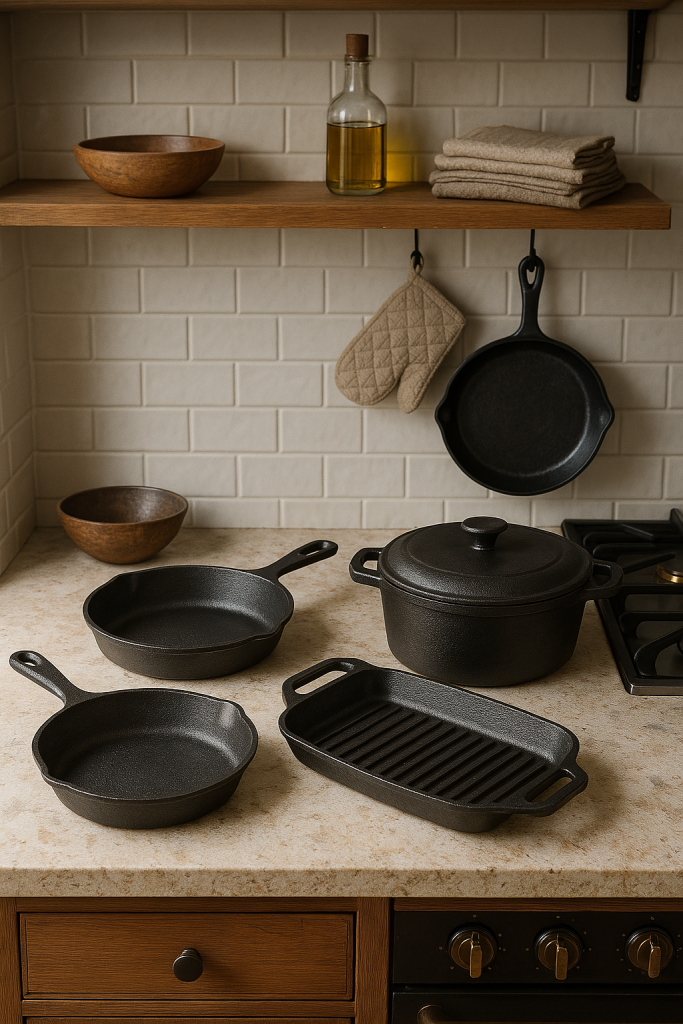

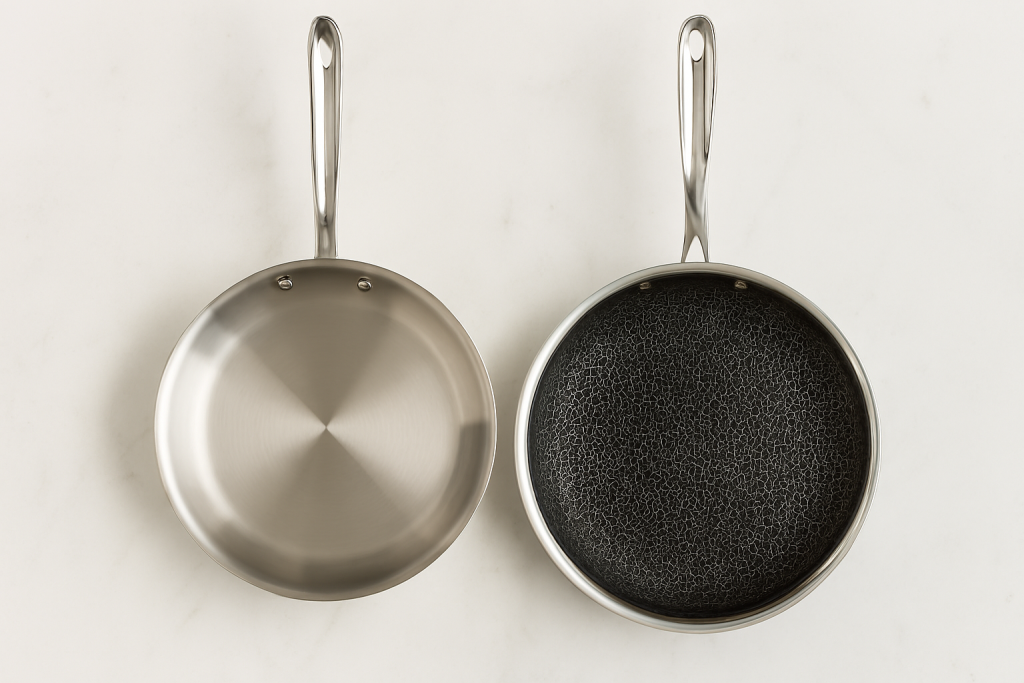
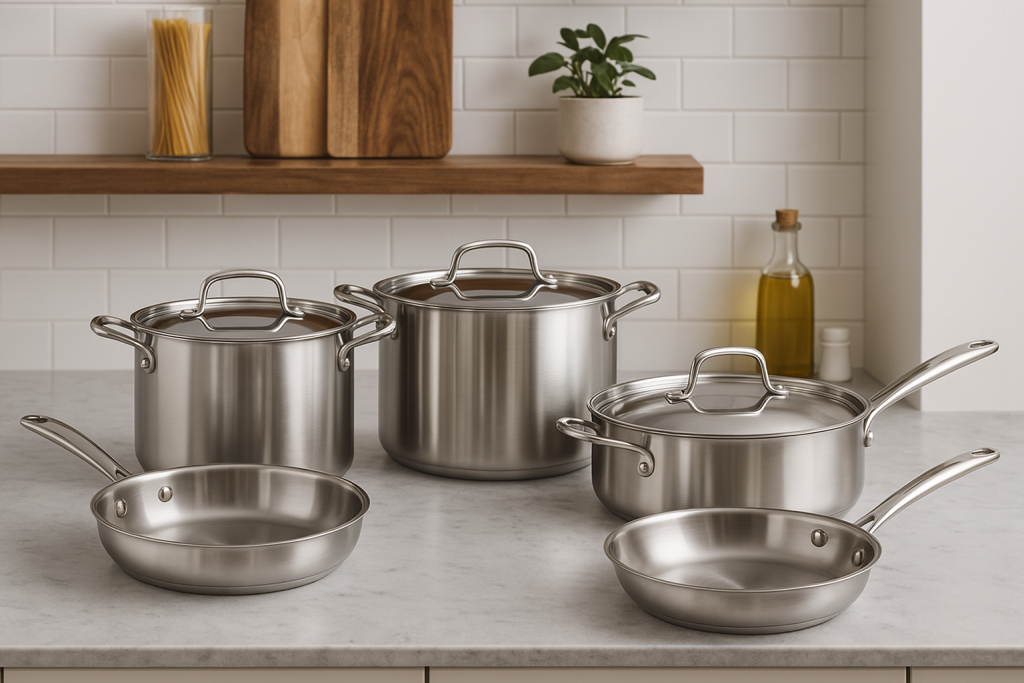
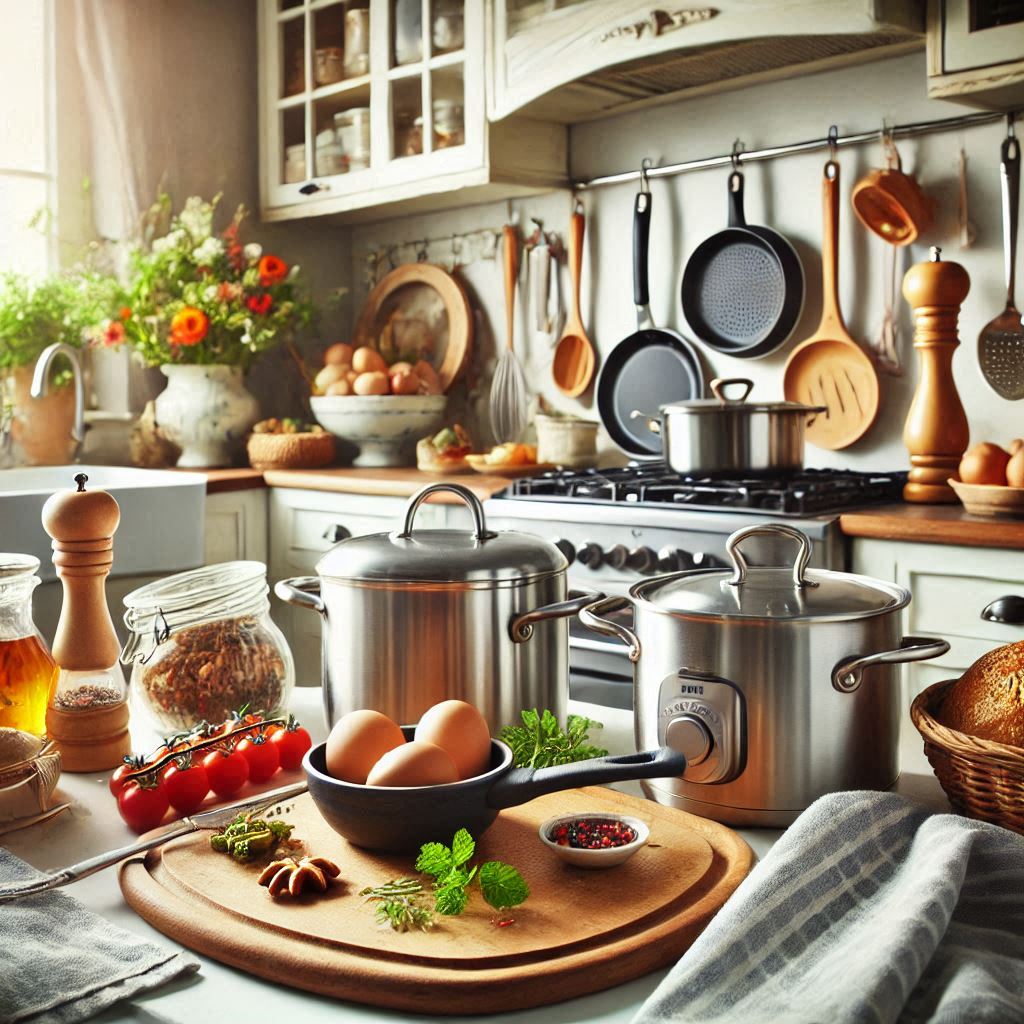

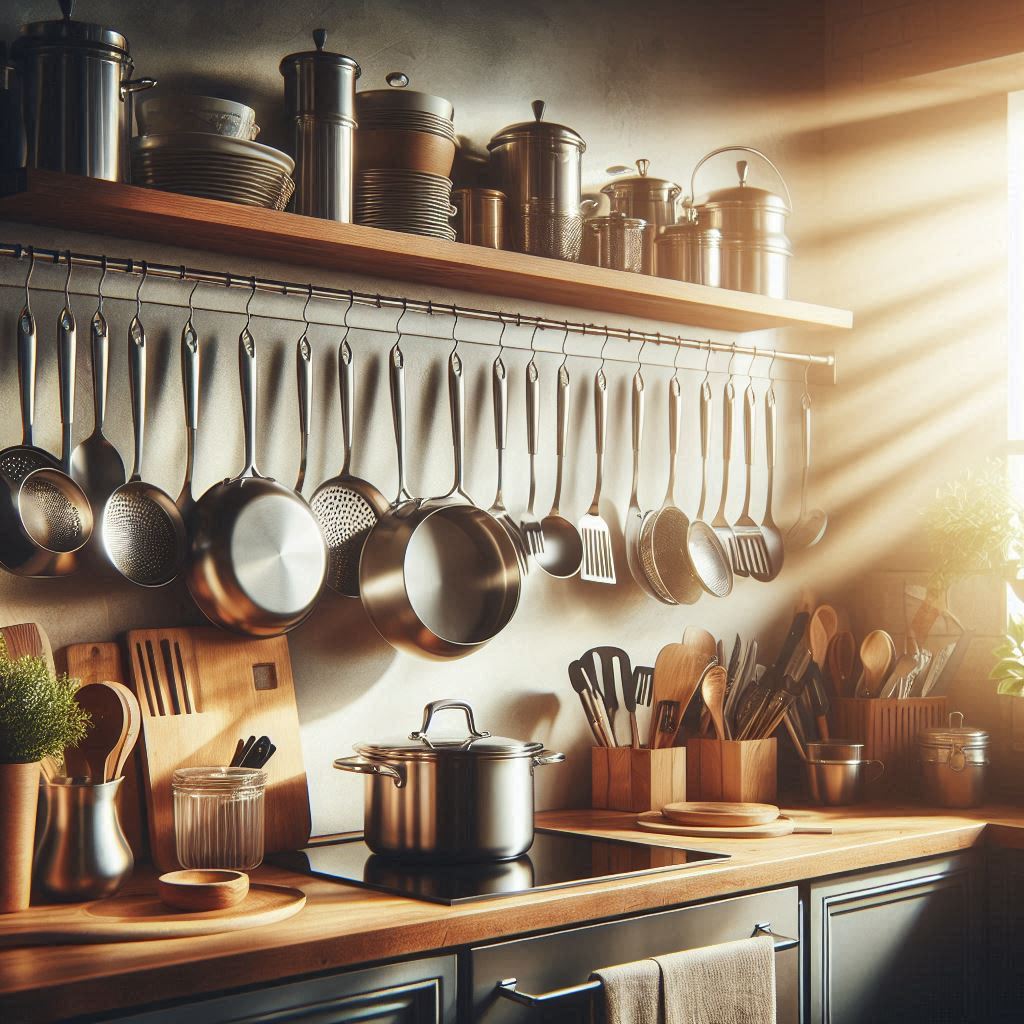

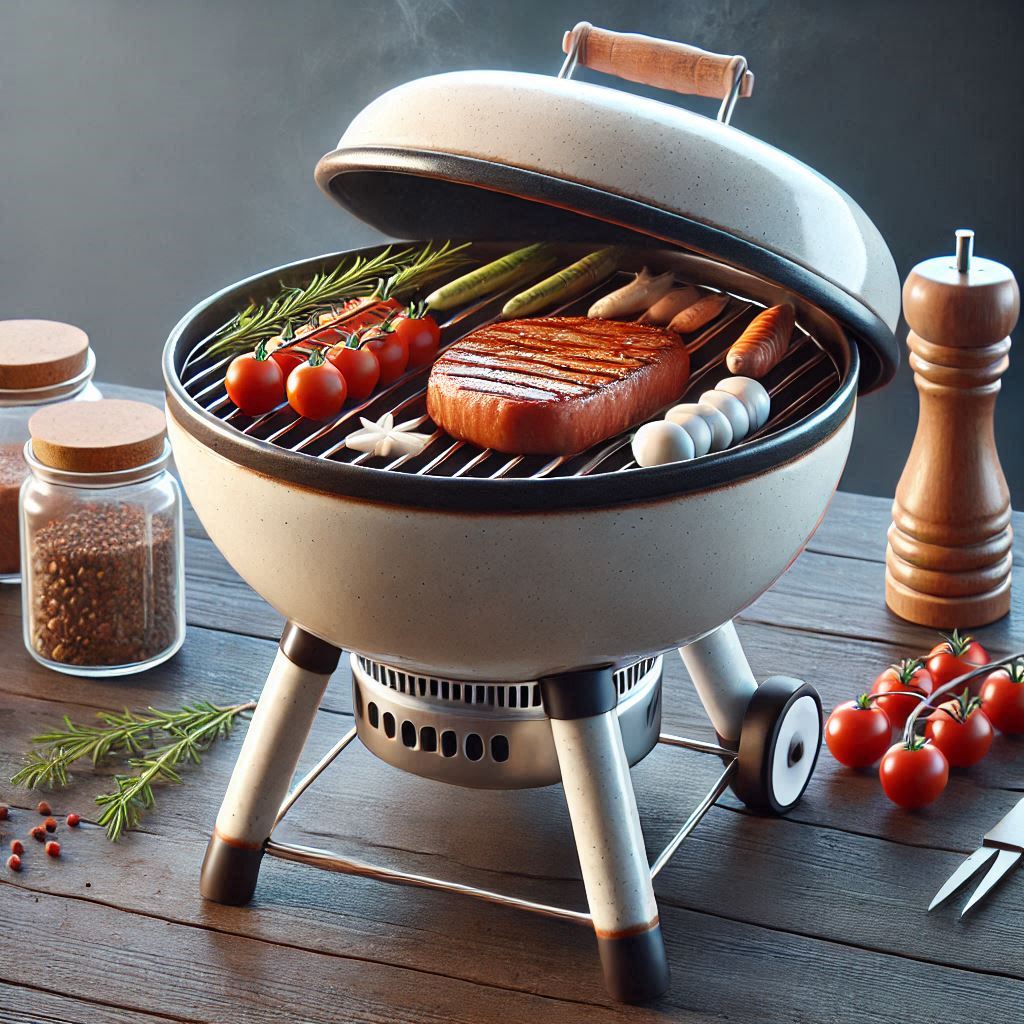
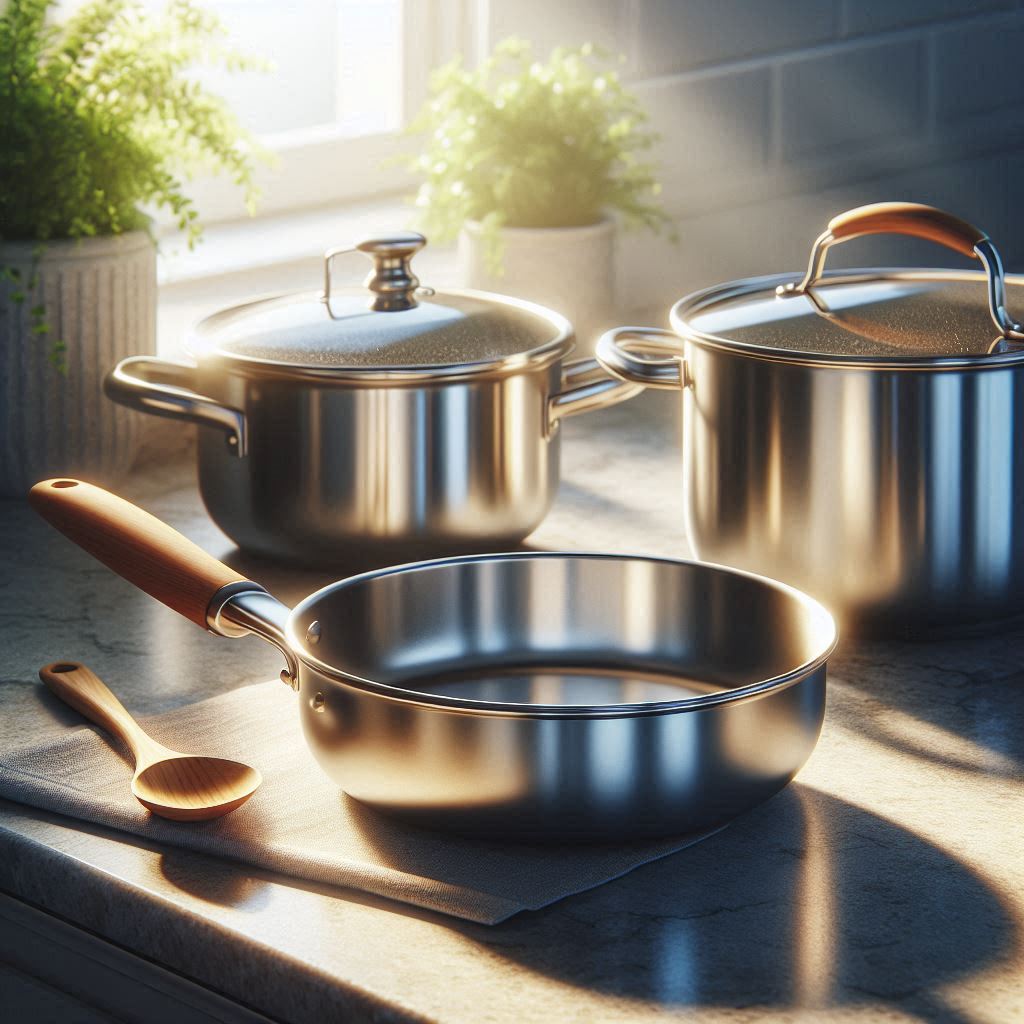
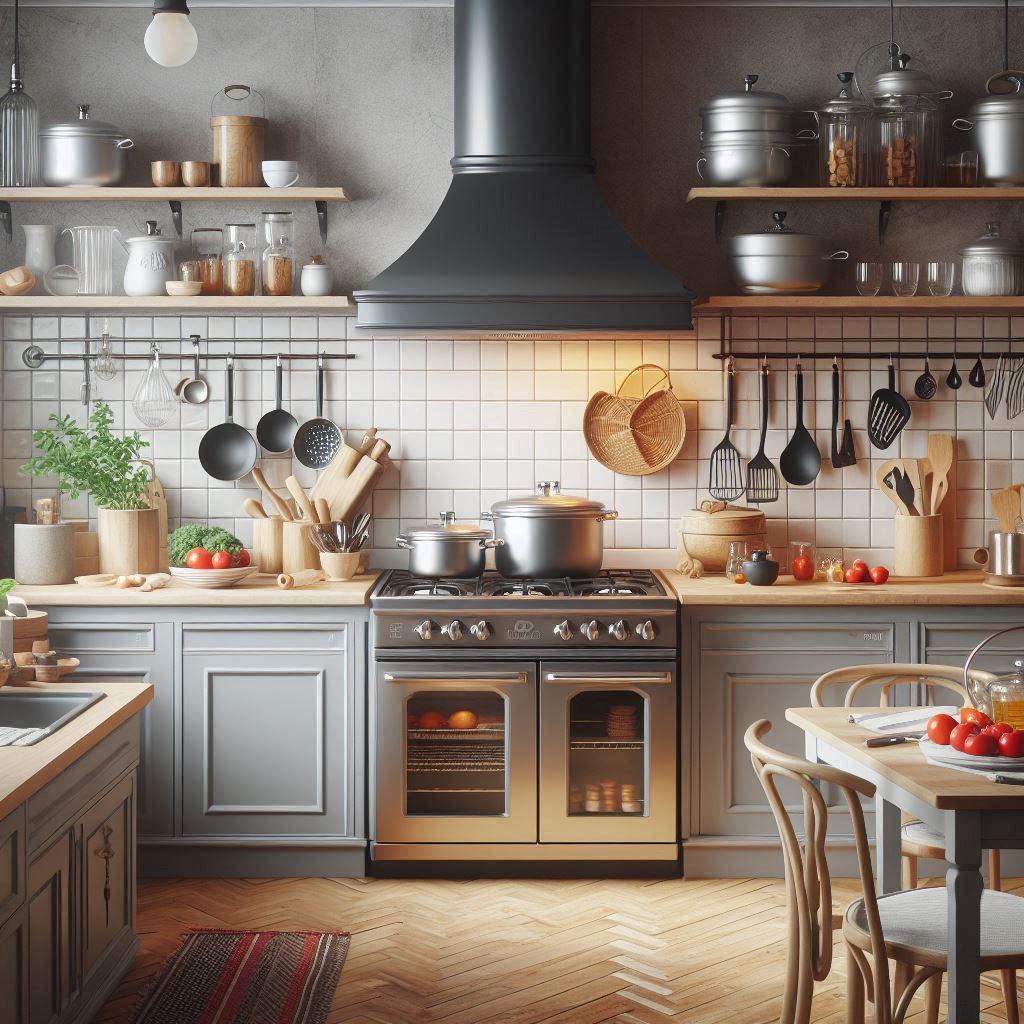
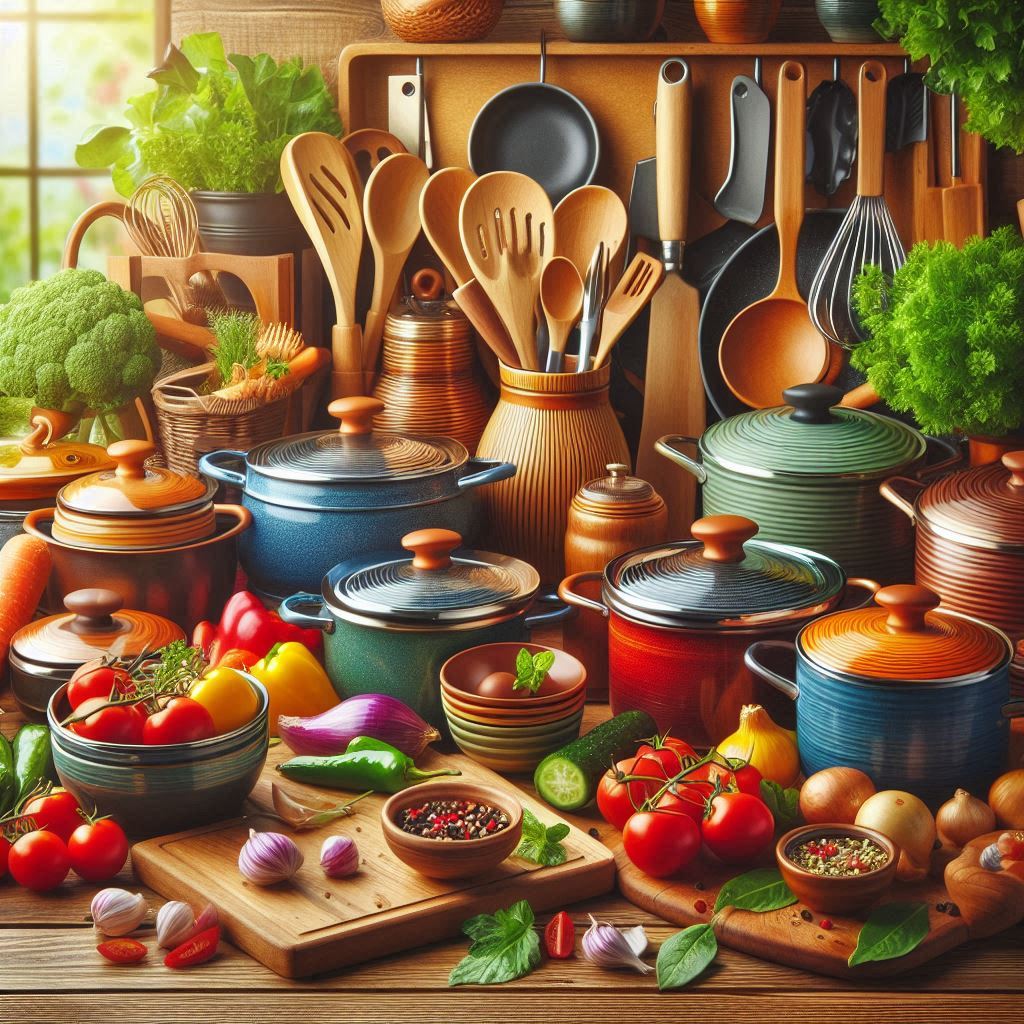
Leave a Reply